Starting a vegetable garden can sound and feel like a huge undertaking, whether you’ve done it before or it’s your first garden.
And granted, just like Rome wasn’t built in a day, you already know that you won’t have a big blooming garden in a couple of hours…
However, planning is everything. And if you want to start a garden from scratch, knowing exactly when, how, where, what, etc will save you so much hassle and time along the way!
1. Choose a Spot for Your Garden
a. Easy access and other considerations
How far from the house would you like your veggie garden to be? This seems like an obvious question when you’re deciding to start a garden from scratch, but it’s a question that’s often overlooked.
If you’re planning a kitchen garden or a small herb garden for cooking, consider locating your garden close to the kitchen. On the other hand, if you’d like to plant crops that will only require planting, regular care and finally harvest — like potatoes — then your garden can be further away from your house.
Other questions to ask:
- Will you need access by car (e.g. to transport and plant fruit trees, or to haul your harvest later)?
- Where is the water coming from to water the garden?
- What is the water situation exactly? Starting a garden in a place that floods regularly is not always advisable.
- How much time do you have to spare for gardening on a regular day? For instance, I started out with a garden that was a little further away from the house – and I found myself not taking the time to go there… while now (with a garden just behind the house) when I have 10 minutes in between two Zoom meetings, I can easily spend that time weeding
Any other questions you can think of? Let us know in the comments!
b. Should you plant your veggie garden in full sun or shade?
When considering how to grow your own vegetables, you’ll want sun in your garden (at least six hours a day during the growing season): however, a garden that sits in the shade is possible but will require extra care.
In a colder climate, the more sun you get, the better; starting a garden in full sun will get you the best results. If that’s not an option, a greenhouse or cold frames can be used to keep plants from freezing.
If the excessive summer heat is an issue where you live, however, avoid those spots that receive sun from early morning till late at night. If you don’t have much choice on the matter, you can use a shade cloth to protect the veggies from burning in the sun (and also protect the precious water from evaporating too much).
c. What’s the best soil to use to start a garden?
Choose a location with well-drained, fertile soil. With a bit (a lot) of luck, your soil won’t need too much work before you start, but in most cases, you’ll either create your own soil (which takes time) or buy soil (which can be pricey).
We’ll dive into the topic of soil later in this article!
d. Getting Easy Access to Water
All growing vegetables require water, although in different quantities.
We’ve seen many people haul buckets of water to their gardens… and after a season or two, those same people decide to relocate their gardens to accommodate an easier watering method.
In other words: your garden will need easy access to a water source; one that can be hooked up to a garden hose or irrigation system (like drip irrigation).
e. How big should your first vegetable garden be?
The best advice I ever got: start small — you can go bigger later.
People often make the mistake of wanting too big of a garden from the start:
- It’s more expensive (more beds, more soil, etc.)
- It takes more time: to build it, to take care of it, etc.
My suggestion would be to start with a one-square-foot garden and expand from there.
2. Choose the Method that Best Fits Your Goals
a. Monoculture vs. polyculture
Monoculture = growing one crop per row/bed/garden
Pros: looks neat, easy to manage
Cons: requires more effort.
Interplanting is the way to go: sow companion plants together so they can support one another. Organize plants into groupings that will help one another grow better — and that will also keep pests away or even improve the soil for the plants you want to grow. This depletes the soil less — thus less fertilizer, pesticides, or other soil amendments will be needed.
Interplanting is a common technique in permaculture and other traditional ways of growing.
b. Work with what you’ve got: soil, water, and your own limitations
Test the soil. Determine the type of soil in your garden.
This is when you get to make a decision: do you want to work with what you’ve got, or will you circumvent the limitations by building raised beds that you’ll fill with new soil?
If you want to stick with the soil you’ve got, there are two choices:
A – Pick plants that thrive in this type of soil. Look at what’s already growing on the property, and research which plants would do well in this type of soil.
B – Fix your soil. If it’s sandy soil, you’ll want to increase its ability to hold moisture and nutrients; with clay soil, you’ll want to improve drainage and aeration.
c. Check out different methods that could apply to you
There are many gardening methods out there — each with its own merit.
Many of the methods listed here partly overlap, and one definitely does not exclude the other.
- Garden of Eden gardening
- Lasagna gardening
- Permaculture gardening
- Hydroponics
- Aquaponics
- Raised beds
- Strawbale or haybale gardening
- Container gardening
- Traditional in-ground gardening
- Vertical gardening
- Square-foot gardening
- Upside-down gardening
- Hanging gardens
- Edible landscaping
- Food forests = Agroforestry
- Windowsill gardening
- Greenhouses, polytunnels, and cold frames
- Keyhole gardening
- Core gardening
- No-till gardening
- Hugelkultur
We’ll add more information about each method at a later stage!
3. Pick the Plants you Want to Grow
a. Pick easy plants to start with
There are three main rules when it comes to picking “easy” plants:
- It’s always easier to grow plants that do well in your climate. Look up your USDA zone and when you’re considering veggies or companion plants you want to grow, check how they do in your specific climate zone.
- Depending on where you’ll plant your garden, you’ll want to choose the correct plants: plants that fit your soil type, that adapt to that particular spot’s amount of sun and shade, etc.
- Know yourself: some plants require more discipline and regular care than others. For instance, zucchini are more prone to water stress — they don’t need much water, but they do need water regularly. If you go on vacation and give them abundant water before and after, they won’t be happy plants. When you look up growing conditions for the veggies you’re considering, take these aspects into consideration.
b. Grow the veggies you love
It’s very tempting to grow vegetables that look good, that seem easy to grow, or that others are growing successfully, however all of that is moot if these aren’t vegetables you and your family like having on the dinner table. If you know you won’t have time to shell beans and peas, for example, then don’t plant them.
c. Start with a limited number of varieties
One beginner’s mistake that many people make, is to grow as many different vegetables as possible. Some believe it’s a failsafe: if you try growing 20 different types of vegetables and 10 of them fail, you’ll still have 10 left.
Alternatively, you could just start with 5-7 vegetables you know are going to do well in your garden; you may envy those people who succeed in growing large gardens with an astonishing variety of flowers and veggies, but no one should expect those results from their first gardening season.
d. Choose companion plants that mix well
Once you’ve decided which your “core veggies” will be, check which plants can be planted together — and which plants might need (or like) something extra to support their growth. For instance, if you’re growing tomatoes, you can plant borage next to them to deter tomato hornworm, and/or nasturtium to keep the aphids away.
4. Plan your Vegetable Garden: Design, Layout and Timing
a. Design your garden
Big picture: garden bed sizes, orientation, access, water pipes and hoses, etc.
b. Lay out your garden beds
Each bed: what plants to plant where, and which go well together.
Keep track of these; in many cases, you don’t want to grow the same plants in the same bed year after year.
c. Make a plan: what to plant when
When to start your garden: check the specific plants’ instructions.
Succession planting allows you to grow stuff year-round — if you plan it well.
5. Build the Garden
a. Build the beds
Build raised beds, hydroponics installations, or whatever method you chose to go with.
b. Plan for trellises
If you’re growing plants that will require support, plan for trellises as you’re building the garden. The best time to build a trellis is as you plant the garden; if you wait too long, you might damage your plants’ roots when you dig in trellises or cages.
c. To fence or not to fence your vegetable garden
Don’t forget: you’ll want to protect your garden from pesky intruders. Children, for instance, might unwillingly damage the plants, pets (your own or the neighbors’) might trample and dig up plants (a freshly planted bed has nice loose soil, which dogs find irresistible to dig in — and cats like to use as a toilet).
Don’t forget your chickens; you can use their help to prepare your garden beds, but you don’t want them in there once you planted the garden. Birds and other local wildlife as well, of course, can pose potential threats to your newly planted garden.
In some cases, you can keep your garden safe as is — but in many cases, it can be smart to install a fence before any harm gets done.
6. Prepare the Soil for Your Garden Bed
If all is well, you already tested the soil and decided whether you wanted to work with the soil you’ve got, amend or fix the soil to make it more suitable for growing, or get in soil from elsewhere — whether it’s soil you’ve created and built yourself, or soil that you’ve purchased at your local garden center.
7. Plant Your Veg Garden
a. To sow or to plant?
For each plant you’re adding to the garden, decide whether you want to sow the seed directly into the ground, or plant seedlings.
In some cases, you may have no choice; some vegetable plants don’t transplant well (so you’ll need to sow them directly) — or if you have a short growing season, starting the seeds in a greenhouse and planting them out as soon as it’s safe might be the smart choice.
In general, we’d recommend sowing seeds in the morning so the sun can slowly heat them up during the day and they can happily adapt to their new environment… Planting seedlings, on the other hand, is best done at night, when the soil has warmed a bit, and is easy to work with.
In any case, before you transplant, you want to acclimatize the plants — a day or two before planting, put them next to the bed you want them in.
b. Mulch
Mulching is the process of covering the soil with some external material to make the conditions more favorable for plant growth, development, and efficient crop production. Many people use dried autumn leaves, straw, grass clippings, newspaper, wood chips, stone or gravel.
c. Water
Always water plants after you’ve sown or planted them!
Pro tip: once you’ve planted your garden, you’ll want to keep instructions for each of the plants close. Keep them in a folder that’s easy to access — whether it’s a digital folder on your computer or a folder with papers in the kitchen drawer.

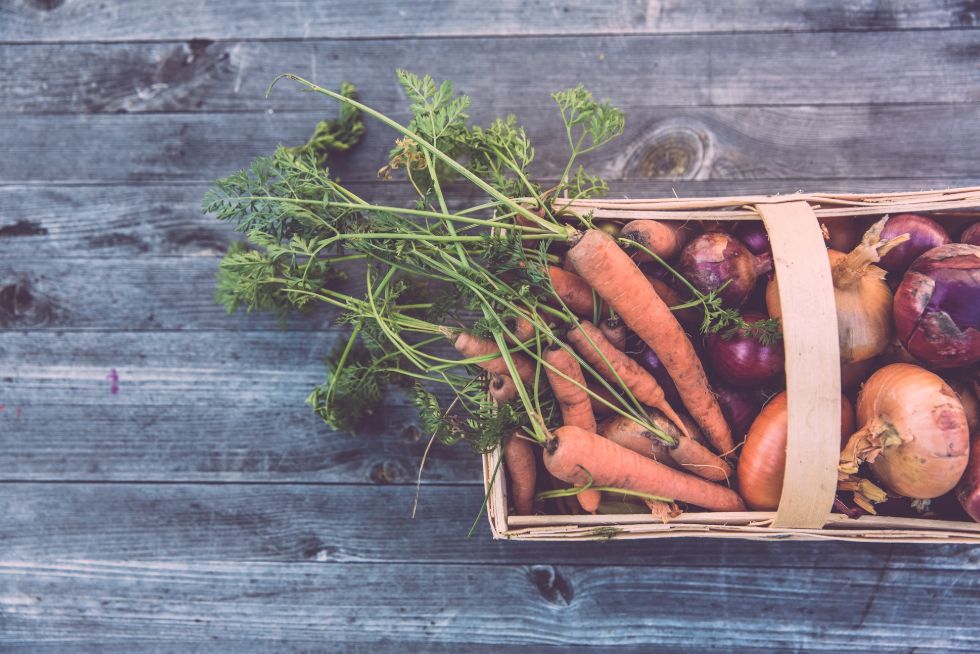
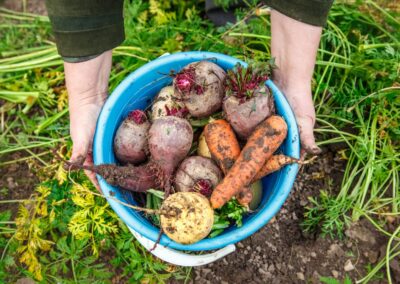
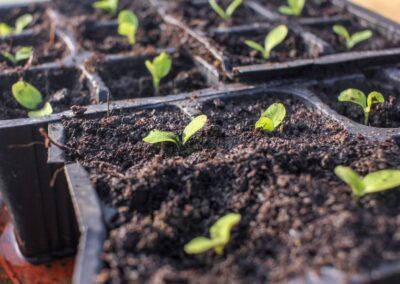
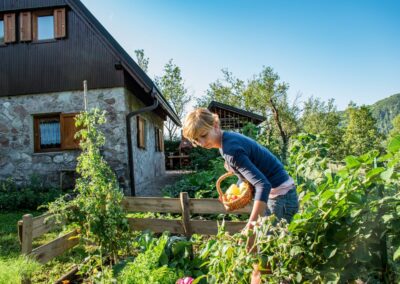
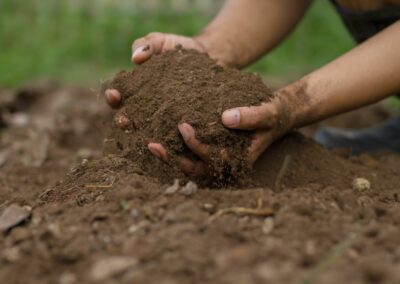
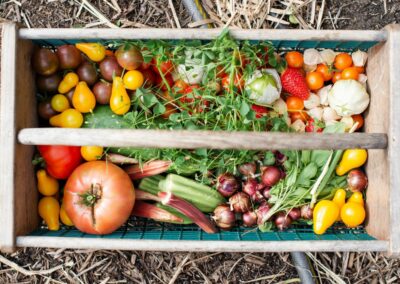


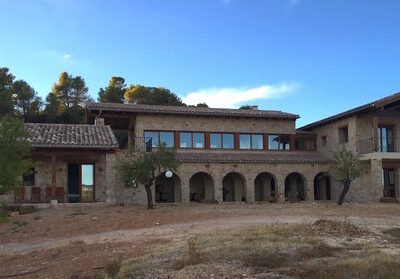
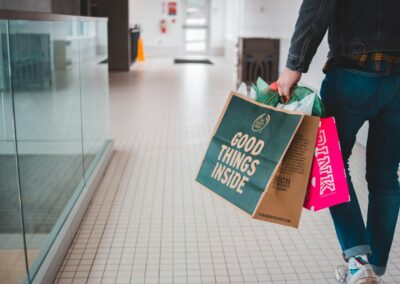
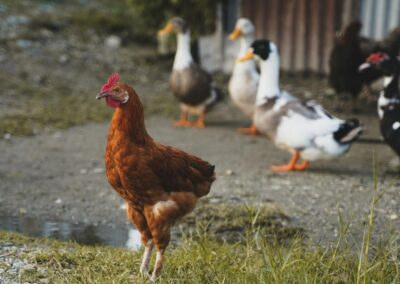
0 Comments